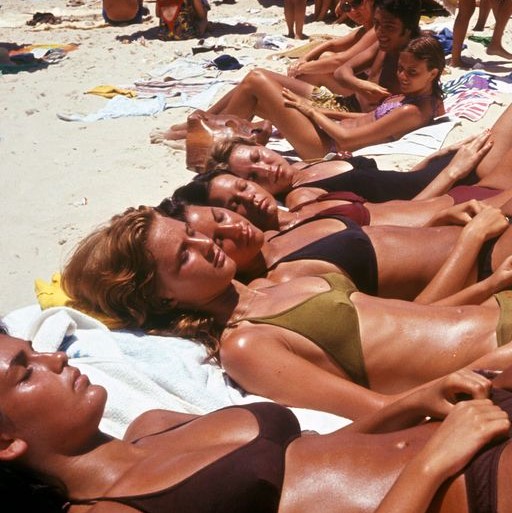
Is education a missing link in preventing tanning addiction?
What is the role of education in preventing tanning addiction?
In today’s modern society, the desire for a sun-kissed tan has become a popular trend.
However, the pursuit of a bronzed complexion has led to a concerning increase in tan addiction.
Addiction is a condition characterized by an excessive and uncontrollable desire to tan. The harmful effects of excessive tanning are severe enough to make awareness important.
Premature aging, skin cancer, and other skin disorders necessitate a greater awareness of this issue.
Education plays a crucial role in preventing tan addiction by fostering awareness.
Awareness will empower individuals with knowledge and real information.
Information that can inspire positive behavioral changes.
By understanding the significance of education in combatting tanning addiction, we can pave the way for a healthier future.
Reader, I am offering this information to help you know how to talk about this dangerous behavioral addiction. Often it is difficult to have the words at our immediate disposal.
This article is a way to “practice” and be ready for the support your loved one may need.
Creating Awareness
Creating awareness with by using the powerful tools of education can be effective in raising awareness. Many really don’t understand the dangers of tanning addiction.
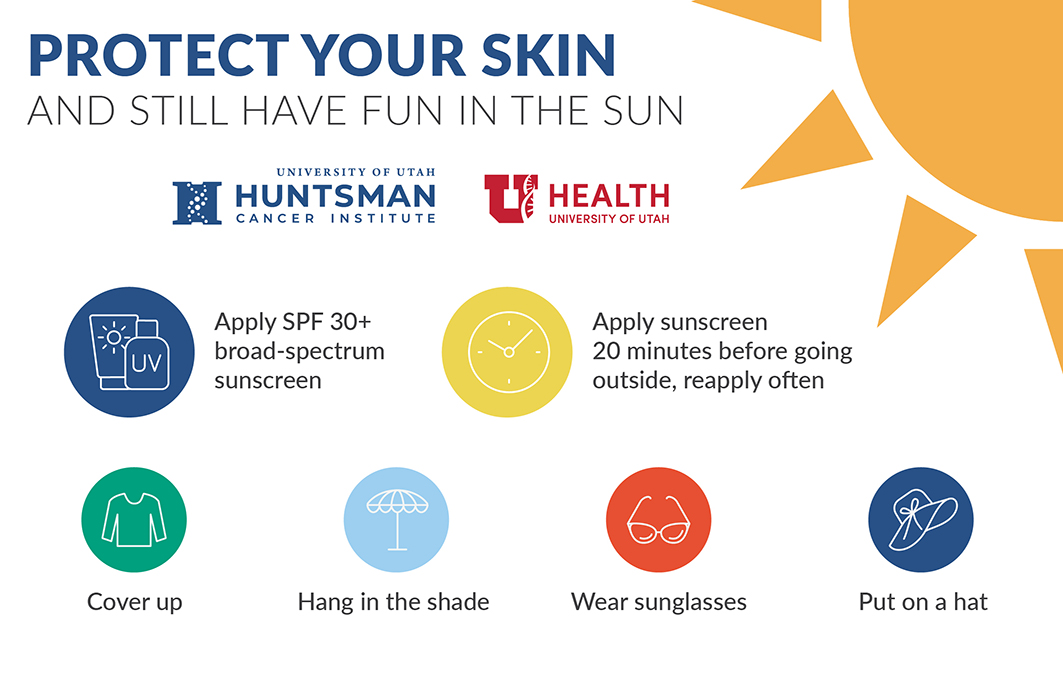
This chart is from the University of Utah along with Huntsman Cancer Institute. Will the chart alone make a difference? Probably not, but used as a way to bring awareness, yes it will.
Some parents dismiss it as a “phase” even though they are aware of the risky behavior.
Some friends may ignore tanning behavior that seems extreme. Sometimes they may not know what to say, or how to help. Often we just don’t want to point a finger or call attention to the risky behavior.
Education is a powerful tool for raising awareness about the dangers associated with tanning addiction.
Providing accurate information and dispelling common myths.
Education equips individuals with the knowledge needed to make informed decisions regarding their skin health.
For instance, educational campaigns should highlight the link between excessive tanning and skin cancer.
This can be done by emphasizing the staggering statistics of skin cancer and sharing real-life stories.
For some reason, many of us don’t relate tanning to sun exposure. Two different words, two different events.
No, they are one and the same. When you expose your skin to the sun to the point of tanning that is over-exposure.
Your body turning tan is the way you know you have damaged your skin.
If you keep your exposure to a safe level, you will not notice a tan.
Your body makes melanin to protect itself in response to the dangerous sun.
Create awareness by sharing the stories of individuals who have suffered from skin cancer due to their tanning addiction. My first experience with skin cancer came as a shock!
Click the link to read my story on Skin Cancer.net.
Understanding the Psychological Factors
The link above is about my first experience with skin cancer and shows how unprepared and uneducated we were.
Education online about skin cancer was not a part of our world in the 1980s. In modern-day, it is different. From a life of being out in the sun a lot and rarely wearing sunscreen. We liked to have our skin tanned.
We just didn’t know about how to prevent tanning addiction, or the need to do so.
Now, watching my children, yes they are grown now, fight their battles with skin cancer, we know sun protection is important.
So here we are, trying to effectively address tan addiction.
Education should share the underlying psychological factors that contribute to its development. What causes a dangerous amount of tan to look so attractive to us?
Research indicates that individuals may seek a tan to enhance their self-esteem, boost their confidence, or conform to societal beauty standards.
These are all very strong currents in our lives, and we will do what we have to to keep these emotions happy.
There are healthier alternatives for improving our self-esteem. We don’t have to keep so much tan to make us feel better about ourselves.
Promoting body positivity and self-acceptance. Yes, this is a major step. We don’t have to be burnt to a bronze color to be important, or attractive.
Awareness starts by helping each of us understand the psychological roots of tanning addiction.
Education can empower us to make healthier choices.
Do you need to reduce your dependence on tanning as a means of our personal validation?

Promoting Healthy Behaviors
Education plays a vital role in promoting healthy behaviors. The ones that can replace tan addiction.
By providing information about safe sun exposure practices, education, and awareness can work together for helping us to make changes.
These safe practices include using sunscreen, protective clothing, and seeking shade during peak hours.
Awareness and education help individuals develop a balanced approach toward maintaining their skin health.
Overcoming your tan addiction by adopting healthier habits. Safer habits such as engaging in alternative activities like sports, hobbies, or artistic pursuits.
Remember, this is a behavior addiction. You can choose to make better choices. Yes, better choices may not be the first choice, but for a healthier body, it is important to leave the addiction behind.
This is why it is important to consult professional advice when the change you are seeking does not happen.
Damaging your skin for the sake of your appearance is self-defeating.
Your skin has a big job to do.
What will you do when your skin is wrinkled and saggy way before your friend’s? Will looking old before you should make you feel better about yourself?
Will a tan really hide the damage?
Have you looked in the mirror lately?
Will Engaging Peer Education Make a Difference in Preventing Tanning Addiction?
Involving peers in the educational process, of a behavioral addiction, like tanning addiction, has proven effective.
By involving peers in the educational process, awareness, and understanding can be enhanced within social circles.
Encouraging discussions and sharing experiences related to tan addiction can create a supportive environment.
A supportive environment where individuals feel comfortable addressing their own struggles or concerns.
Peer-led initiatives, such as workshops or support groups, can provide a platform for individuals. This platform allows them to express themselves. And expressing themselves is important for making change.
In a peer-based platform, it is easy to seek guidance.
Even develop strategies to overcome tan addiction collectively.
The fact of having others dealing with the same problem, and being able to share successes and failures is very comforting when changing behaviors.
The detrimental consequences of tan addiction call for a proactive approach towards prevention.
And education plays a crucial role in this process.
When we can create awareness.
And when we understand the psychological factors.
By promoting healthy behaviors, and engaging in peer education, we can empower individuals.
Empower those who are addicted to make positive changes in their lives. Peer groups can help them break free from the grip of tanning addiction.
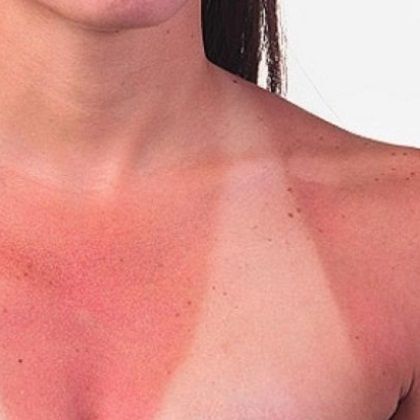
The Risks Of Tanning Addiction
By advocating for comprehensive education on the risks of tanning addiction, we can reach vulnerable age groups.
When it comes to combating tan addiction, it is crucial to target vulnerable age groups effectively.
While social media has emerged as a powerful tool for spreading awareness, there are other influential channels.
We need to use those influential channels to deliver the message of the dangers posed by excessive sun exposure during tanning.
Even in Australia, with a high population of high-risk people because of their fair skin and light hair, science says that the population is still taking risks.
They aren’t improving in spite of the education programs in their school system.
Apparently, the educational programs they have don’t teach what needs to be taught for people to become more aware of the dangers.
What Age Group is Most Vernable?
Why social media is not the only avenue to get messages to our most at risk.
The most vernable people for tanning addiction are those who are unsure of themselves and their image. Their self-esteem is under attack. In short, more females than males, and mid to late teens and under 30 years old is the age group most affected.
Social media does come in for some of the attention that steers the vernable personality towards tanning addiction. With so many willing to live their life in front of the world.
Yes, the money is good for some. But not for all.
Social media is just another way to tempt us into thinking outrageous behavior is normal.
And yes, I know, I’m not mentioning anything you don’t already know.
So, we can use social media to counteract some of the ideas and live a healthy lifestyle that includes sun safety for our skin.
You can make a difference by finding videos that encourage safe sun exposure and sharing the better ones you find.
You may feel that your little ripple is not much in a big pond, but if you can encourage just one more person to avoid tanning addiction, that is a good thing.
It would surprise you to know just how much influence you can have when you have a good cause that you are sharing.
Share articles that are about safe sun habits.
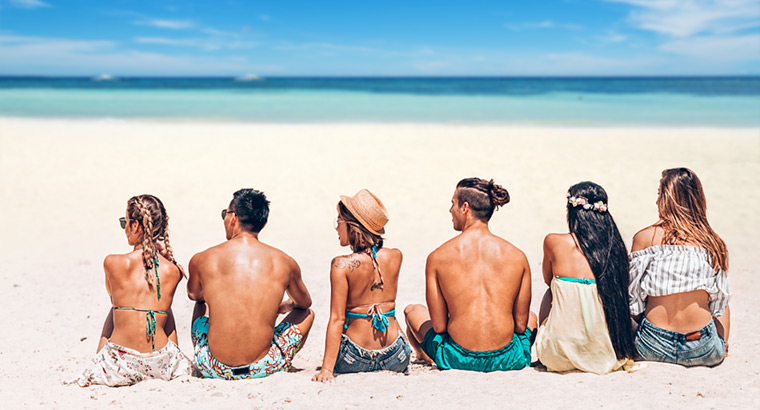
Educational Institutions
Educational institutions, such as schools and colleges, can provide a valuable platform for comprehensive education on tan addiction. Does your school or college do this?
Health education curricula can be revised to include modules specifically dedicated to sun safety.
As well as the risks associated with excessive tanning.
These modules could cover topics like the science of tanning.
UV radiation and its effects on the skin. Then there are the long-term consequences of tanning addiction.
By including sun safety information in the academic syllabus, educational institutions can have more influence. Education institutions could ensure that young individuals receive consistent and evidence-based knowledge.
Much needed knowledge about the dangers of excessive tanning.
Schools can also organize workshops, guest lectures, and awareness campaigns. Having experts and healthcare professionals can educate students about sun safety.
Even extracurricular activities like drama clubs or science fairs can provide opportunities. Students could explore and present topics related to tanning addiction and its impact on skin health.
By actively engaging students in educational initiatives, schools can create a supportive and informed environment that fosters positive behavioral changes.
Education needs to go beyond applying sunscreen. And sports need to pay more attention when they practice and play.
Healthcare Providers Should Be Involved
Healthcare providers, including doctors, dermatologists, and nurses, should play a critical role in advocating for comprehensive education on tan addiction.
During routine check-ups or consultations, healthcare professionals can educate patients. Especially vulnerable age groups such as adolescents and young adults.
They need to be educated about the risks associated with excessive sun exposure.
These healthcare providers can emphasize the importance of regular skin checks. As well as early detection of skin abnormalities.
These professionals should be reminding and encouraging their clients. The significance of adopting sun-safe behaviors will sound more important coming from a healthcare professional than from their parents.
Healthcare providers can also work with educational institutions and community organizations to conduct awareness campaigns, workshops, and seminars on sun safety.
How Dermatologists Can Help
Dermatologists can participate in community health fairs or events. Many don’t know about the importance of dermatology care for their skin.
By providing free skin screenings, and educating attendees about the risks of tanning addiction, they can introduce themselves to the people who need their care.
By taking a proactive approach to educating patients and the wider community, healthcare providers can play a crucial role in preventing tanning addiction.
Community Organization
Engaging community organizations is another way to contribute to spreading awareness about the risks of tan addiction.
Youth centers, recreational clubs, and community centers are popular gathering places for vulnerable age groups.
By partnering with these organizations, comprehensive educational programs can be developed and implemented.
These programs can include interactive sessions.
Guest lectures by experts and hands-on activities to promote sun safety could reach our citizens, and result in more safe sun activities.
Community leaders and influencers can also serve as role models and advocates.
These members of your community can educate by sharing personal stories. By sharing their experiences related to the dangers of tanning addiction.
Collaborating with local sports teams or dance troupes can provide an opportunity to integrate sun safety messages into their activities and events.
For example, during sports tournaments or dance competitions, organizers can distribute educational materials on tan addiction.
The materials could include information on the risks of skin damage and encourage participants to practice sun-safe behaviors.
By involving community organizations in the education process, a wider network of support can be established, creating a ripple effect of awareness and change.
How Sporting and Recreational Clubs Can Help Prevent Tanning Addiction
Vulnerable age groups often participate in sporting and recreational activities.
This makes these clubs an effective avenue for promoting comprehensive education on tan addiction.
Coaches and trainers can incorporate sun safety guidelines into training sessions and competitions.
Emphasizing the importance of sun protection measures.
Measures like wearing appropriate clothing, applying sunscreen, and seeking shade during outdoor activities.
This can instill a healthy approach to outdoor sports.
By actively promoting sun safety within sporting and recreational clubs, these influential environments can reinforce the dangers associated with excessive tanning. To help prevent tanning addiction.
Sporting events and tournaments also provide an excellent opportunity to raise awareness about tan addiction risks.
Organizers can include sun safety messages in event programs.
Display posters and banners promoting sun protection, and provide sunscreen stations for participants and spectators.
By incorporating sun safety practices into the culture of these clubs and events, more young individuals are reached.
This gives them a better chance to develop a greater understanding of the importance of protecting their skin from harmful UV radiation. As well as preventing tanning addiction.

Parental and Family Influence
The influence of parents and families cannot be understated.
When it comes to educating vulnerable age groups about preventing tanning addiction risks.
Parents can be empowered with educational resources, such as brochures or pamphlets, which they can discuss with their children.
Family discussions on sun safety, sharing personal experiences, and setting a good example. When parents are practicing sun-safe behaviors can have a significant impact on young individuals.
Parent-teacher associations can also collaborate with educational institutions. They can help organize workshops or seminars for other parents, improving their sun safety knowledge base.
A base of knowledge and understanding of tan addiction risks will allow that parent to share meaningful information.
Parents can be encouraged to have open conversations with their children about the dangers of excessive tanning. And the importance of protecting their skin.
They can actively participate in their children’s sun safety routines. Things like helping them apply sunscreen, and encouraging them to wear protective clothing.
Helping them find shade during outdoor activities.
By fostering a supportive and informed environment at home, parents can play a vital role in shaping their children’s attitudes and behaviors toward sun protection.
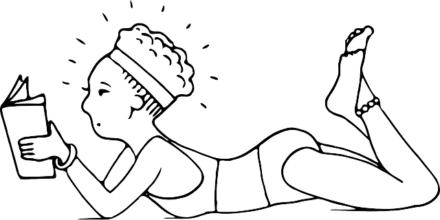
Sami’s take on Is Education A Missing Link in Preventing Tanning Addiction?
Comprehensive education on the risks of tan addiction must extend beyond social media to effectively reach vulnerable age groups.
By leveraging channels such as educational institutions, healthcare providers, community organizations, sporting and recreational clubs, and parental influence, we can ensure that the message of sun-related skin risks is disseminated widely and consistently.
It is through combining these alternative influences that we can empower vulnerable age groups with the knowledge and tools needed to make informed decisions about their skin health.
By collectively engaging all these resources, we can create a network of support and education that fosters a culture of sun safety.
Together, we can make a significant impact in preventing tan addiction.
Through comprehensive education and awareness, we can empower young individuals to prioritize their skin health.
Make informed choices that will benefit them throughout their lives.
How can your community do a better job of education? Are we going to allow social media to determine the health of our skin?
Thank you for reading this article. It is so important to help our vernable population about the dangers of skin cancer.
Sami